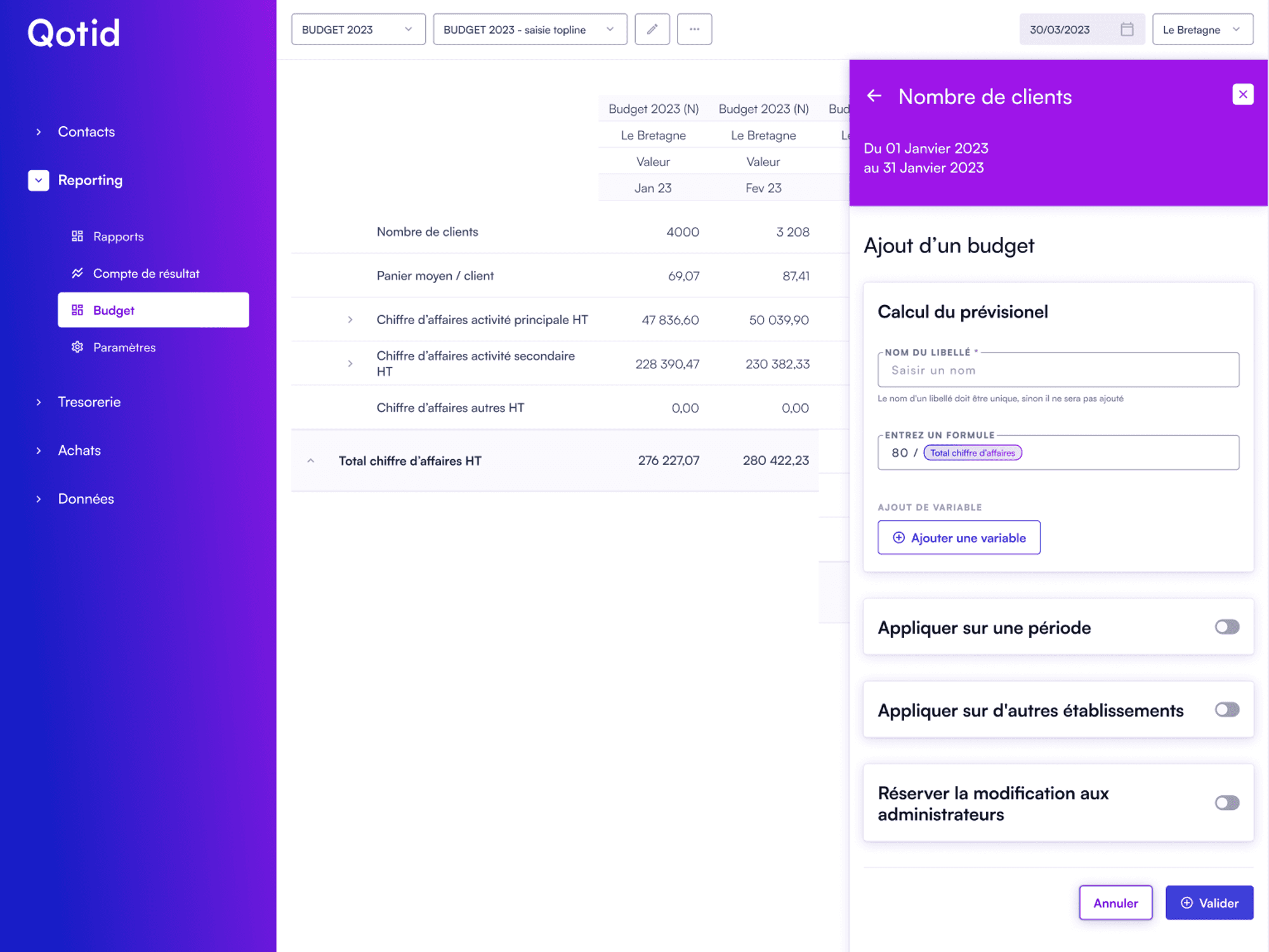The 5 tools of management control
lucas-fontaine
•
Jul 8, 2024
The management control is a system for managing performance that primarily aims to ensure the proper management of a company and the achievement of set objectives.
The management controller thus has a crucial role as they juggle daily with data related to various departments of the company, which they then translate into insights or concrete indicators to help senior management make the best possible decisions.
To successfully carry out their mission, the management controller can, fortunately, rely on several performance management tools.
What are the “types” of management control tools
It is not easy to categorize management control tools.
Because even though they are not all interdependent, they are complementary, evolving, and allow the management controller to fulfill their role as a "strategic companion" for the company.
However, one could divide the management control tools into 3 main areas or 3 major categories, namely:
- Forecasting and budget tools,
- Control tools,
- Management and communication tools.
So what are the essential performance management tools today and what is their utility? That is what we will see right away.
The 5 main tools of management control
Let's get into the heart of the matter: The key business management tools most commonly used are: Forecast budgets (forecasting tools), general accounting and analytical accounting (control tools), reporting and dashboards (management and communication tools).
The budget tools
The forecast budget is essential to anticipate changes and, above all, to ensure that the financial capacities are well aligned with the company's overall strategy.
It is possible to create several budgets and specific scenarios (sales, investments, etc.)
In any case, to establish a budget, one must rely on both past and current data of the company in order to make a realistic estimate of future revenues and expenses and thus anticipate the result.
Forecast budgets allow you to plan your inflows and outflows, your personnel resources as well as your cash flow needs.
The management controller must also monitor the variances between the actual and the forecast to be able to implement corrective actions if necessary and ensure the achievement of the objectives.
Budgets can be created directly using an Excel spreadsheet; however, to avoid manual input errors and save time, it is strongly recommended to use a dedicated budgeting solution.

General accounting
Necessary and especially mandatory, general accounting represents the first source of data of a company and serves as the foundation for analytical accounting (and for business management in general).
A company is indeed obliged to record all its transactions, and general accounting provides an overview of incoming and outgoing financial flows, as well as its assets and liabilities.
The management controller translates this information into results, analyzes margins and ratios, and compares the overall performance of the company with competing structures to various stakeholders.
However, even if it is correctly maintained, general accounting remains less precise than analytical accounting.
Analytical accounting
Even though it does not represent a legal obligation, analytical accounting is essential for management control. The main difference with general accounting is that it provides a more precise view of the costs of each department/product category of the company and thus allows for better measurement of its performance.
In any case, regarding your company's accounting, the main thing is that it is up to date and properly maintained. If you want to do reporting and analyze your data reactively, it is best to have internalized accounting.
If your accounting is outsourced, it is still possible to do reporting, but it will be much more complicated if it is sent to you by your provider only twice a year.
Reporting
It is simply the representation of results and performance indicators in the form of an activity report.
Reporting allows decision-makers to quickly and globally visualize the performance of a product, activity, department, or even a group of companies.
Thus, a reporting can consist of any “type” of data.
Generally, financial reportings are distinguished from commercial reportings, HR, or activity reportings.
It is particularly useful for teams to debrief with activity managers as the data is visually and explicitly represented.
Excel is generally the basic tool for creating reportings, a useful tool but often time-consuming and difficult to share; we recommend using a digital solution that allows you to automate your reportings in just a few clicks.

The dashboard
Similar but more precise than reporting, the dashboard is both a communication and management tool in the sense that it contains more precise indicators that, when analyzed, help in making strategic decisions.
The dashboard is generally used daily and compiles all the raw data previously gathered through other tools.
The dashboard is thus composed of key indicators rather than raw data. It should highlight actual results and dysfunctions to enable managers and decision-makers to implement corrective actions if necessary.
It is the reference management tool for management control.
The usefulness of management control tools for SMEs-MIDs
Depending on the size of the company, it is certainly not essential to use all the management control tools discussed in this article.
However, it is preferable not to limit oneself to a single tool.
Moreover, some companies still spend an average of ten hours per week manually entering their financial data.
Now, from the moment your activity develops a little, it is strongly recommended to resort to a performance management and reporting automation solution.
Many software solutions today allow you to save time and facilitate collaboration between teams or even between multi-establishment groups.

In summary, these 5 management control tools constitute real pillars for ensuring the sustainability of a company. They provide an overview of the financial health and operational activity of the company. Thus, leaders can make informed and strategic decisions.


